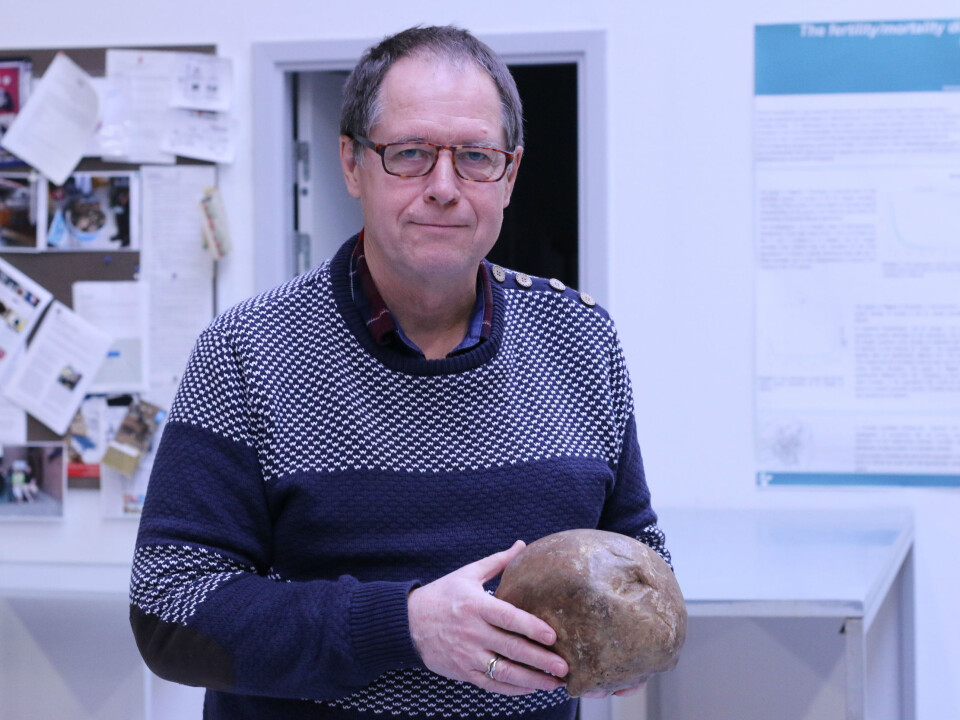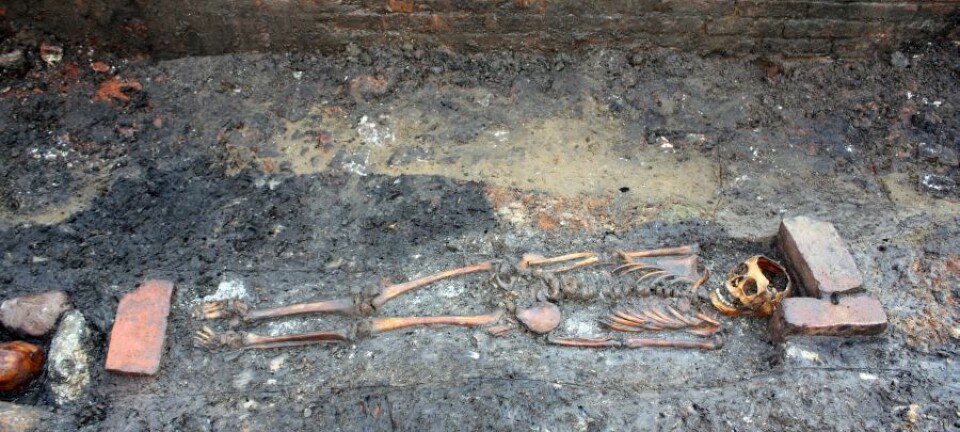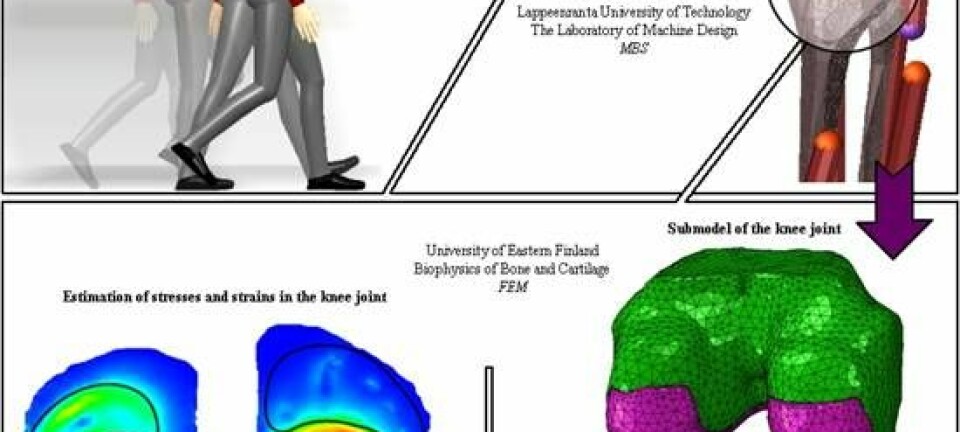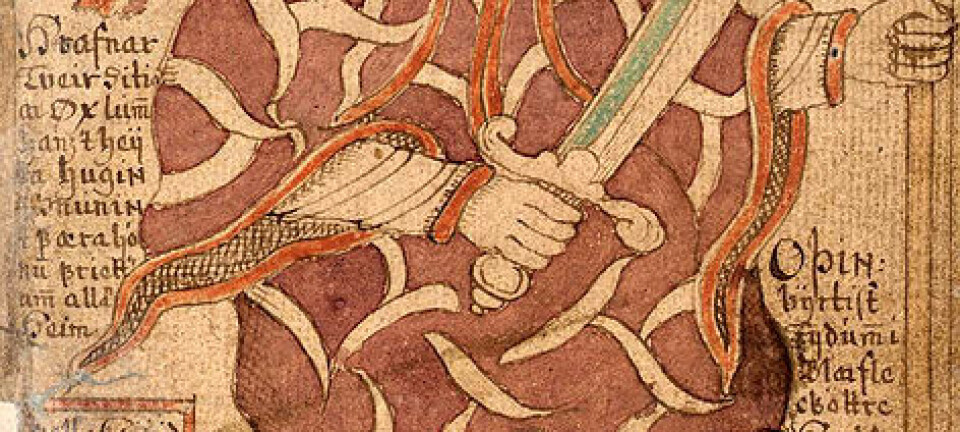
How skeletons reveal gruesome secrets about our ancestors
A new study provides a unique insight into what life was like in the Middle Ages.
What was life like for ordinary people in the Middle Ages? Since we can’t ask anyone who was around it’s a rather difficult question to answer. So what do we do, you ask? Easy, we dig up skeletons.
A new study of 822 medieval skeletons found in Denmark tell a cruel tale of the life of men in the Middle Ages. The scientists looked at fractured skulls and it looks as though men who survived a skull fracture faced six times the risk of meeting an earlier death than healthy men.
The study provides entirely new insight into what it was like to live with a fractured skull in the Middle Ages and can tell us about ordinary people's risk of dying.
"This is one of the first times in biological anthropology that we go behind the skeletons and reveal something about what it was like to live in that period. For many years we’e been able to say something about general mortality in the past and to relate something about the diseases which raged back then -- but this study is one of the first to say something about how mortality risk varied from one person to another," says study author Jesper Lier Boldsen, assistant professor at the Department of Anthropology (ADBOU) at the Institute of Forensic Medicine, University of Southern Denmark.

The results have been published in Proceedings of the National Academy of Sciences (PNAS) and the method used by the scientists is entirely new. Another professor of forensic medicine sees many potential uses of the method -- which could provide us with even more information about the living conditions of people in medieval times.
"In my opinion the method is just as exciting as the results. The model they’ve used can be applied to other things -- and that's important. We’ll be able to study other skeletal fractures and their effects. I'm full of admiration," says Professor Niels Lynnerup of the Forensic Anthropology Unit at the Department of Forensic Medicine, Copenhagen University.
Study contributes to knowledge of life expectancy in medieval times
The scientists used a mathematical model along with knowledge of the skeletons' gender and age to calculate when the various individuals died. The model showed that injured men had an average age of 41, whereas men who had not sustained fractured skulls lived for an average of 42.7 years.
"If people's risk of sustaining a fractured skull follows this model, and we have determined the general mortality races the entire population, we can then deduce that people with fractured skulls are younger than one might expect. So the mortality risk for men with fractured skulls is greater," says Boldsen.
Lynnerup finds the study interesting because it contributes to our knowledge of how people lived in the Middle Ages.
"It's exciting in the sense that it seeks to answer the big question of how long people lived back then. Their [study authors] examination of skull fractures is elegant because it looks at something so specific. And although we’re only left with a skeleton they can still contribute to knowledge about how fragile mankind was," says Lynnerup.
Skeletons can tell our story
It may sound rather odd to examine several hundred year old skeletons for skull fractures but according to Boldsen, the skeletons are some of our only remaining sources when it comes to studying our history and ancestors.
"It stems from a desire to characterise society, taking the lives of ordinary people as our starting point. Ordinary people left practically no written sources. The people who become visible in written sources are those who were very rich, but what happened to the ordinary citizens of Odense and Jutland [regions in Denmark]? Nobody was interested in them -- so if we want to learn something about ordinary people's lives and their history we have to examine their skeletons. That's all we have available to us," says Boldsen.
He explains that a number of other projects have already begun and that the skeleton collection will also here contribute to more knowledge about what life was like for ordinary people in the Middle Ages.
"A lot of international research is looking at Danish history. One topic is how leprosy affected premature death. We’re also interested in finding out how much people moved around -- and it will also be possible to examine when children were weaned off their mother's breast milk and began to eat ordinary food. Now we have many opportunities to bring these historic populations to life," says Boldsen.
-------------
Read the original story in Danish on Videnskab.dk
Translated by: Hugh Matthews








